“We are playing a incredibly dangerous experiment with our one planet”
What would the planet look like with a 5ºC or 6ºC warming? That is the question Professor Sir Brain Hoskins asked a Society of Chemical Industry audience last night (14 April). He used climate models to represent the “dangerous experiment” we are conducting on the planet, with increasing levels of greenhouse gases being released into the atmosphere.
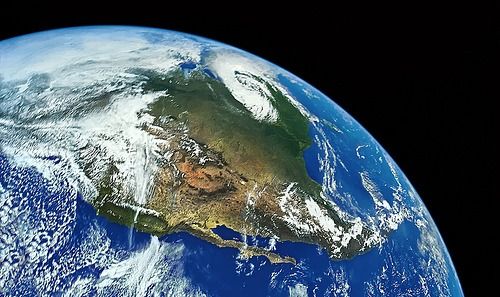
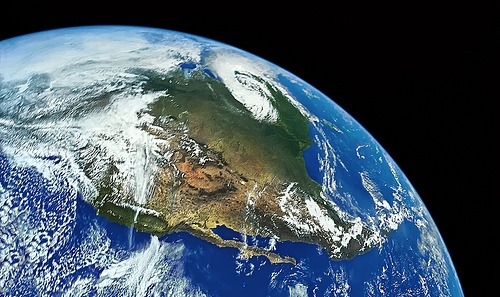 By adding greenhouse gases to our atmosphere, we are conducting a “dangerous experiment” with our only planet, according to Professor Sir Brian Hoskins.
By adding greenhouse gases to our atmosphere, we are conducting a “dangerous experiment” with our only planet, according to Professor Sir Brian Hoskins.
Speaking to the Society of Chemical Industry audience last night (14 April), Professor Hoskins used climate models to show the risks that increased greenhouse gases are causing for the future planet.
He said: “I would maintain that we don’t know the details but we do know that by adding these greenhouse gases at the rate we are, we are playing a incredibly dangerous experiment with our one planet. We only have one planet and we may be incredibly lucky but the chances are we won’t be.”
He said that while the science surrounding climate change still relies of predicting uncertainty, there is evidence that greenhouse gas emissions are significantly changing the climate. While we could be lucky and down at the bottom of the prediction, we could also be unlucky. He said: “The question is what would the planet earth look like if we were looking at a 5ºC or 6ºC warmth?”
Extreme weather conditions, such as the heatwave in Europe in 2003, the Pakistan floods and the UK floods in 2000, are more likely because of the changing climate, according to Professor Hoskins.
“If you have got a warming planet you can expect to get more extreme warms, we had some extreme cold but they certainly had the extreme heat. The Pakistan floods, I am not saying they are because of climate change, no way would I say that. However, I would say that with our present understanding these sorts of events are more likely.
“What we expect with a warmer world and is already being observed is that a warmer world will have more water vapour in the atmosphere, so the same weather system processing that air will get more water out of it and we would expect more rainfall from that system.”
Even the record cold that was experienced in the UK in 2009/10 was twinned with record highs over the majority of the planet, particularly the Artic.
Professor Hoskins believes that science still faces a challenge in telling the story of climate change, in order to drive action. The science can still not predict local changes. “If you look at your back garden and say what will it be like there – you just can’t do that.”
However, they can predict that the global temperature rise won’t be even, and that some places will experience raises much above the global average, and this would also lead to shifts in the weather experienced.
The second problem faced by scientists, is that, under all variations, research shows we are currently committed to climate change up to 2030 and we will see rising temperatures and its effects in the coming years, whatever mitigation is put in place. Professor Hoskins said: “What we do in the next decade is going to influence the end of the century not the next period. It’s looking to the future. That’s part of the challenge.”
Can people be convinced to take action now to limit the changes in the future, past the lifetimes of some? Professor Hoskins believes this is important. “We can’t say we’re stop in a few years time and that will be alright”
The impacts of climate change will be felt for years, and in the case of sea level rise, centuries after emissions have stopped, making it important that people begin to adapt and mitigate it immediately.
Image: Eraphernalia Vintage...here only occasionally | flickr

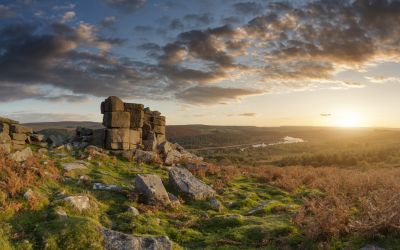
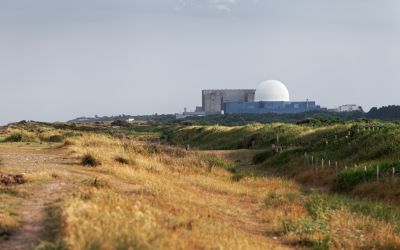
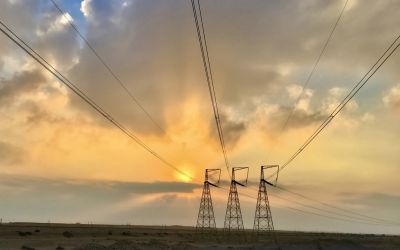
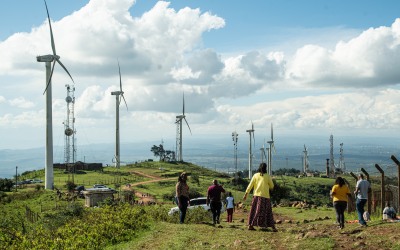
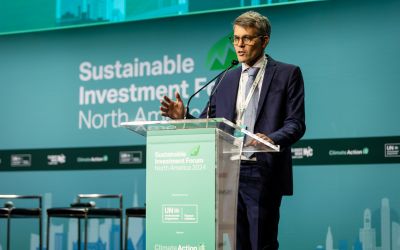
_400_250_80_s_c1.jpg)